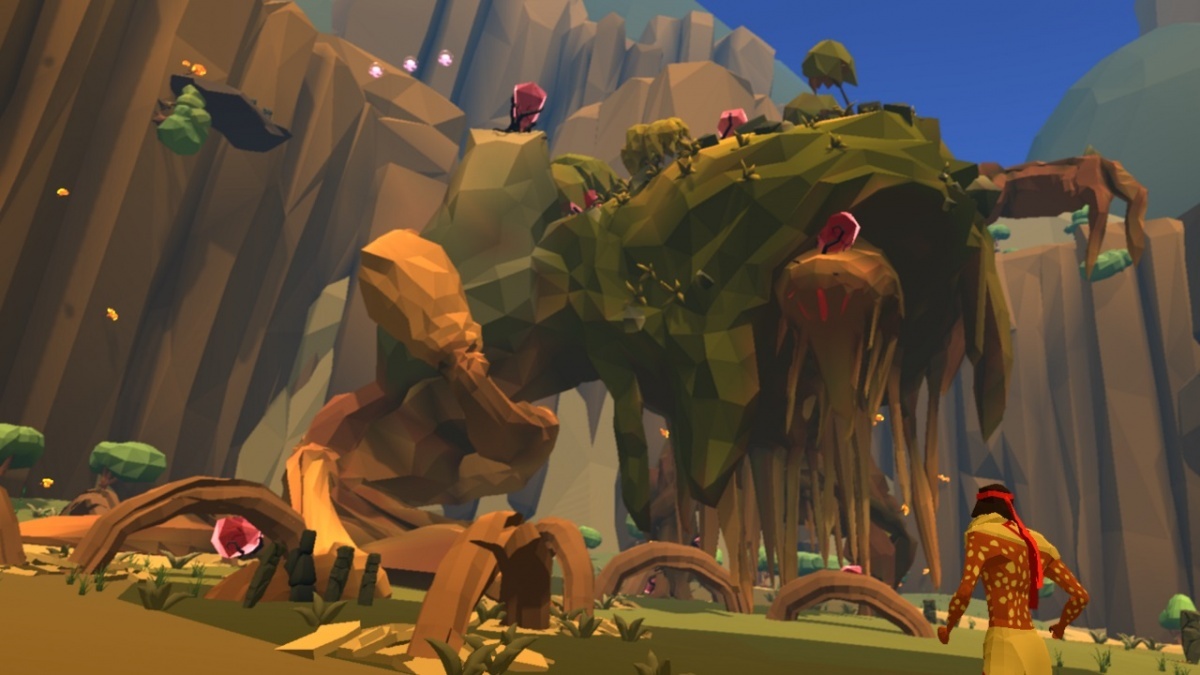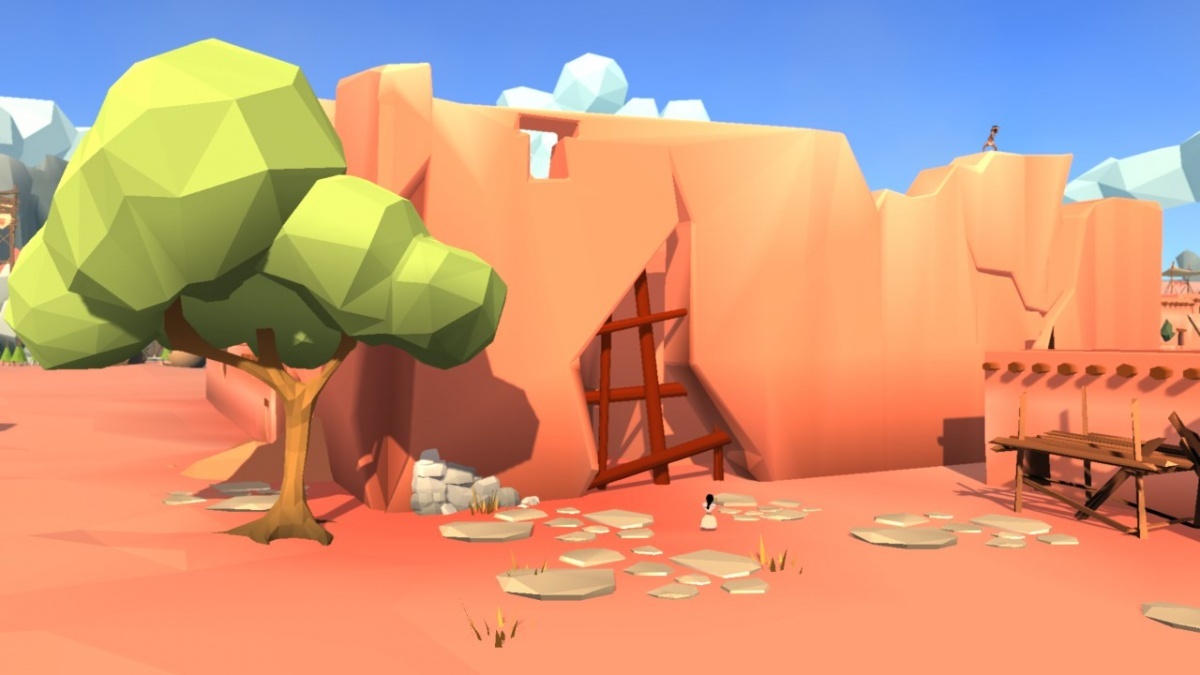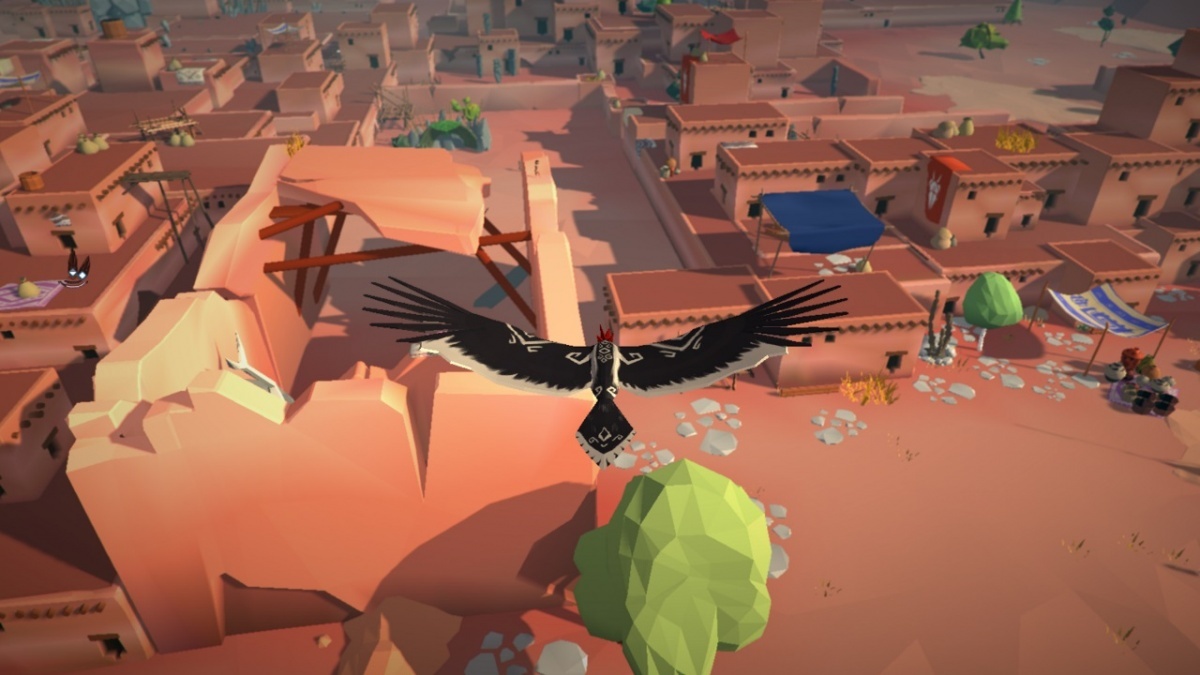Mulaka (Nintendo Switch) Review
By Neil Flynn  26.02.2018
26.02.2018

Mulaka's breathtaking landscapes for Nintendo Switch were first shown during a Nindies direct in 2017. The ambition of creating a 3D action-adventure game in a post Breath of the Wild world is no easy task. Mulaka's premise is somewhat unique as it is based on the Tarahumara, a real world indigenous culture of northern Mexico. Mulaka is the name of a hand chosen shape-shifting Tarahumara shaman, referred to as a Sukurúame in-game, who is on a journey to rid the world of an evil underlying corruption. The game is somewhat an introduction to the Tarahumara culture with lore and facts scattered throughout the game world. The developer Lienzo worked with the Tarahumara people to ensure that the game accurately represents the culture's beliefs and stories, including the in-game soundtrack, which was created to be as authentic as possible by using traditional instruments.
One of the first noticeable aspects of Mulaka is the striking art style, which is somewhat reminiscent of games like AER and Rime but with its own unique flair. Mulaka's seven-hour journey features eight distinctly different landscapes inspired by real world locations. While the vistas can be considered utopian, the character design within the game could described as dystopian as the diverse amount of enemies range from mutated mantis', scorpions, and toads, among other real world creatures that are inspired by the mythological creatures from the legends of the Tarahumara.

Mulaka himself is initially quite underpowered but as the progress is made, he is able to eventually shape-shift into a bird, a puma, a bear, and a snake. The transformations are earned throughout, but can be used to backtrack to previous levels to find hidden secrets, lore and in-game currency, which then in itself can be used to upgrade his health and combat resiliency. Additional to this are 'potions' that are also earned throughout, which allow Mulaka to perform a variety of actions, such as healing himself or bombing the terrain to unlock further secrets. Potions can be grafted with relative ease by picking up the flora scattered across the world. Mulaka himself is armed with a spear, which he can perform light and heavy hand-to-hand combat attacks with or, alternatively, he can also throw it. He can also move around the map with lightning-like speed without any concern for a stamina gauge.
Long distance running is a real world trait of the Tarahumara, which means Mulaka's speed is a defining characteristic to his traversal but also key in combat to help avoid and dodge attacks. A further ability is his Sukurúame vision, which allows him to temporarily see into an alternate dimension where unseen enemies, platforms, and characters are hiding. This may all sound incredibly and overwhelmingly daunting at first glance but Mulaka's outstanding ability to ease the player into its very comprehensive move-set is a testament to the developer Lienzo, which introduces them in an approachable manner.

The plot follows Mulaka as he travels across the Mexican sierras, defeating enemies and trying to right the wrongs of the world. This is done by an assortment of combat trials, puzzle solving, and exploration that keeps the gameplay fresh and varied. Mulaka is not an open world game but follows a rather straightforward path to the end, although tasks can be tackled in different orders. The first six worlds feature three main tasks to complete, which then progress to a boss fight. Tasks can be as simple as defeating waves of enemies, solving puzzles, or precision platforming. Sub-tasks often have Mulaka seeking out hidden souls of characters stuck in purgatory with his Sukurúame vision or hidden viewpoints and artefacts that are neatly tucked away in parts of the map.
Videogames are often not perfect and normally have the occasional bug or glaring issue, and this is no different for Mulaka. The developer has recognised some game-crashing bugs prior to launch although these were not experienced during the review process, however, issues that were picked up pertain to environmental clipping and frame-rate slow down when resuming the game from sleep mode (although a restart instantly fixes this). It is also interesting to return to the 'invisible-wall' approach seen in a lot of early 3D platformers in the 1990s and 2000s of not being able to go past a certain point on the map.

Nonetheless, some of these 'issues' can be used to the player's advantage, which can allow Mulaka to essentially 'break' the game and ascend to parts he should not otherwise be able to…unless the developer already knew this as there is a randomly placed asset in one of the areas that can be climbed to. These 'issues' are somewhat charming and don't really stop the game from being fun, but rather so actually enhance the experience by trying to get Mulaka to do things that he shouldn't be able to do. The game plays well in both handheld and docked modes, although it is probably easier to play with a Pro Controller given the huge amount of moves and commands that are needed to play it.

Cubed3 Rating
Exceptional - Gold Award

From thrilling boss fights to elegant environments, coupled with a comprehensive control scheme and a well laid out progression system, Mulaka is a joy to play from start to finish. The unique art style, soundtrack, and the conscientious effort by the developer to stay as true to the source material of the Tarahumara means that the game is not only just immersive and fun to play, but also educational, as well. This is a must-own for those who love 3D action platformers, and even more so for those with a Nintendo Switch.
Comments
Comments are currently disabled

 Sign In
Sign In Game Details
Game Details
 Out now
Out now  Out now
Out now  Out now
Out now  Out now
Out now  Subscribe to this topic
Subscribe to this topic Features
Features





 Top
Top

